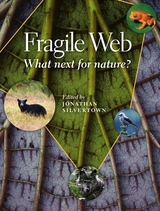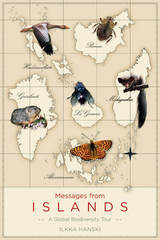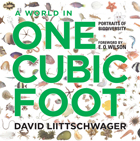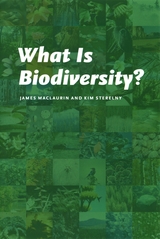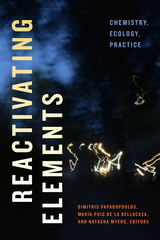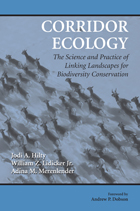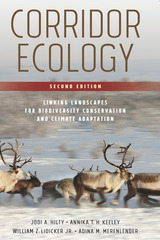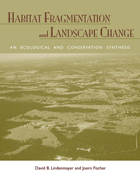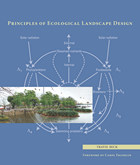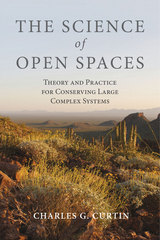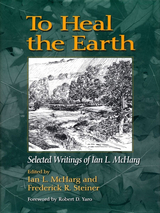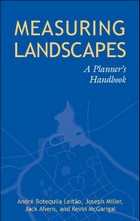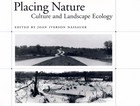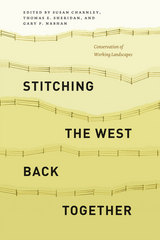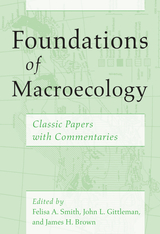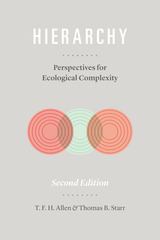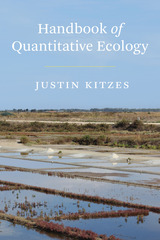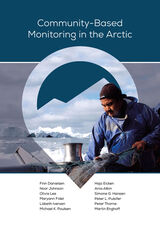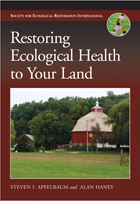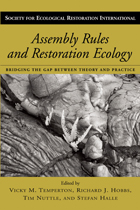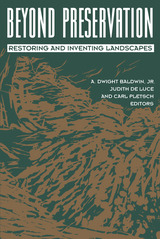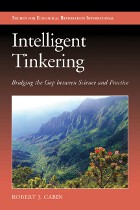Landscape Ecology and Resource Management: Linking Theory with Practice
Island Press, 2002
Cloth: 978-1-55963-972-9 | Paper: 978-1-55963-973-6 | eISBN: 978-1-59726-309-2 (all)
Library of Congress Classification QH541.15.L35L3455 2003
Dewey Decimal Classification 333.7
Cloth: 978-1-55963-972-9 | Paper: 978-1-55963-973-6 | eISBN: 978-1-59726-309-2 (all)
Library of Congress Classification QH541.15.L35L3455 2003
Dewey Decimal Classification 333.7
ABOUT THIS BOOK | TOC
ABOUT THIS BOOK
Landscape Ecology and Resource Management bridges the gap between the science of landscape ecology and on-the-ground land and resource management, relating the theory and empirical research within landscape ecology to the practical needs of resource managers. It offers both a conceptual foundation of applicable and operational theory and case-study examples that address ways in which political, economic, and social factors influence the use of landscape ecology and other data-based science around the world.Contributors focus on links between theory and practice, between small-scale and large-scale, and between humans and nature. Specific linkages examined include:landscape patterns and biological realitytop-down effects and organismsthe indicator species concept and conservation effortsthe concept of fitness landscapes and the behavior and distribution of animalsbody mass patterns and wildlife conservationChapters feature examples of interactions between people and landscapes in boreal, central, and Mediterranean Europe; northern Australia; and Eastern Africa; along with case studies from central Europe, North America, and South America that show how theory and application can be linked in a variety of situations with varying management constraints.Landscape Ecology and Resource Management is the first book of its kind to focus on the linkages between the theory of landscape ecology and the practice of resource management, and will play an important role both in advancing landscape ecology as a science and in incorporating its ideas into management efforts.
See other books on: Conservation of natural resources | Landscape ecology | Natural Resources | Practice | Resource Management
See other titles from Island Press

